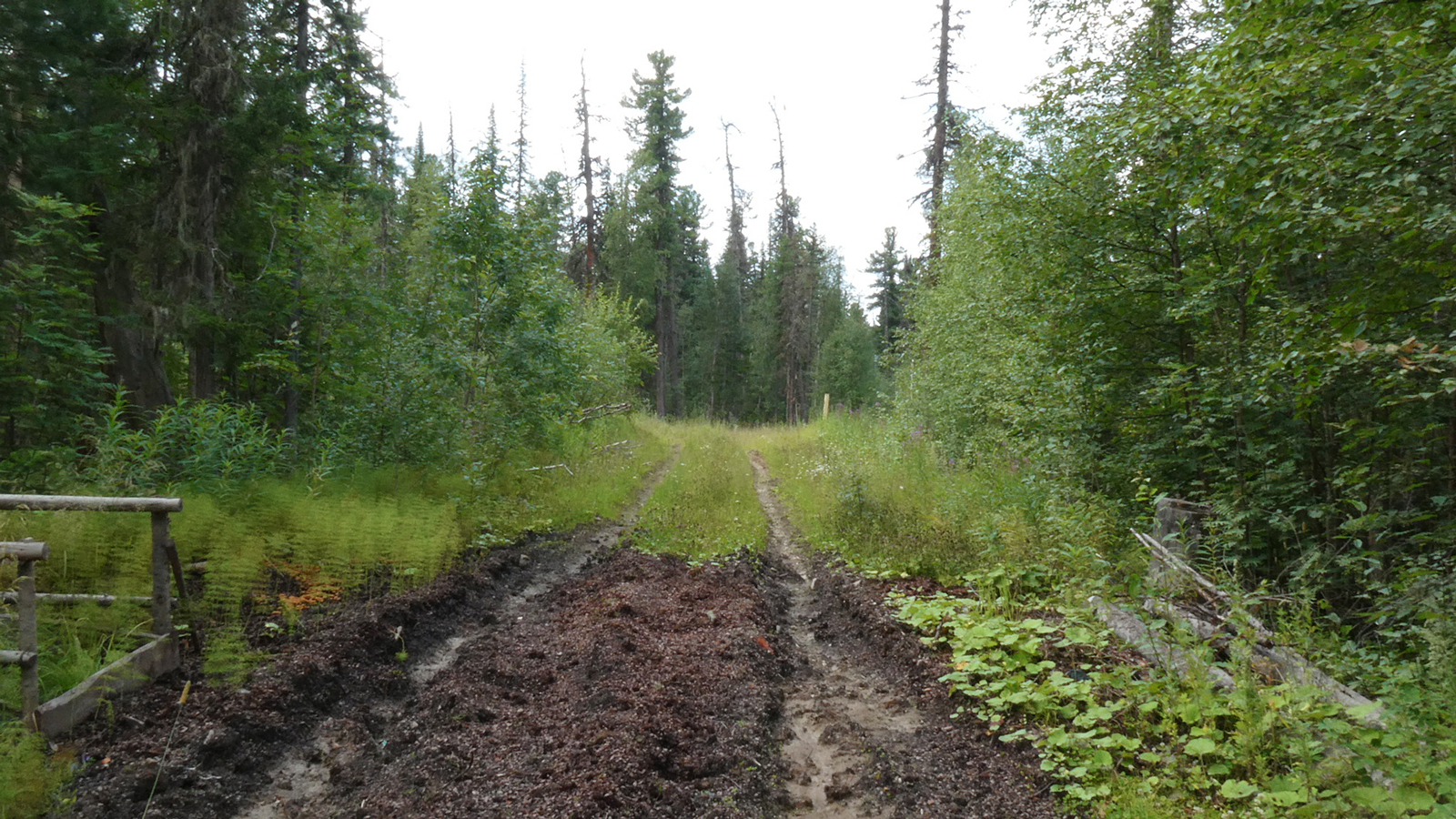
Informal Roads: The Impact of Unofficial Transportation Routes on Remote Arctic Communities (2019-2022)
This project is aimed at detailed interdisciplinary analysis of the overall impact of informal roads on the Arctic environment and economic, social, and cultural wellbeing of local communities. The expected project results will contribute to planning for sustainable development of Arctic and Subarctic regions, which are experiencing unprecedented anthropogenic- and climate-induced changes.
More
The project will also generate scientific knowledge for complex assessment of the positive and negative impacts of development and tourism on other remote regions of the world.
Geographically, the project focuses on informal roads and local communities in the north of Irkutsk region and Republic of Buryatia in Siberia with economic, demographic, and environmental conditions and trends representative of the broader Arctic/Subarctic region.
The main project goal is to understand the effect of roads on formal and informal economies, social relations, cultural traditions and relations between humans and the environment.
This goal will be addressed implementing the following broad interrelated objectives:
- Map, document, and analyze the evolution of spatial extent, maintenance history, and condition of formal and informal roads within the study area for several time-periods using a range of remote sensing products, archival work, and local knowledge.
- Assess the importance and use (e.g. “relative transportation accessibility”) of different types of roads for diverse population groups representing different gender, occupation, ethnicity, age, and economic means using field observations and in-depth interviews;
- Provide an integrative assessment of the informal roads’ impacts on socio-economic (e.g. subsistence, extractive and tourism economies, social relations, culture), and environmental (e.g. ecological habitats, vegetation, wildlife, hydrology, permafrost) conditions of local communities
- Work closely with local communities to develop plan for sustainable development and use of transportation infrastructure.
ArtsLink in Informal Roads
The project Informal Roads started as an ordinary research project. However, from the beginning it had a strong collaboration with local and Indigenous communities. During this time of COVID we started collaboration with artists which led to this initiative. At this panel we discuss the preliminary results that we hope the next AAG meeting in 2022 will be materialized in an on-site exhibition. The scientific perspective on informal roads is mostly shaped by understanding infrastructure in the context of complex system interactions. However, this approach lacks taking into account human desires, values, imaginaries, beliefs that often guide human action.
More
Palimpsest is one of the metaphors that allows an artistic perspective. It is instrumental for understanding changes in the built environment: houses have been built and rebuilt, roads were formed and degraded. However, the term has not yet been used for studies of human and non-human interactions from the local and Indigenous perspectives. In our project, we aim to combine systems approach and palimpsest metaphor with the local and Indigenous knowledge. We find it possible to engage with all these forms of knowledge on all stages of the project, including gathering, analyzing, curating, interpreting and presenting data and ideas situated in a specific context of our study area.
Our project is developed in partnership with the local and Indigenous community of Evenki. Their traditional land use includes hunting for ungulates, fishing, gathering Siberian pine nuts, berries and herbs that provide them with food and hunting on sables and gathering Siberian pine nuts for cash income. According to indigenous epistemology, landscape is considered as a sentient being. It has its own agency and can “fight back” the view not dissimilar to the actor-network theory. However, while Bruno Latour considers non-human actants only as mediators for extending human agency, in Evenki worldviews the agency can be assigned to animals, fire, weather, rivers and even to specific forest groves. Moreover, for Evenki, the boundaries between human and non-human beings are not defined clearly. For example, according to the local legends, one of the Evenki tribes was formed as a result of Evenki-reindeer herders with half-human beings covered with fur and subsisted on fish. Attribution of human characteristics to animals, trees, and inanimate objects through spirits eventually questions the ethics of killing or harvesting. During the ethnological expedition tasked with identifying sacred places to protect during pipeline construction, ethnographers met a lack of understanding among Evenki, who often were noting that everything is sacred and needs protection (Sirina 2012).
Download album
Annual Meeting of American Association of Geographers (AAG) 2022 Annual Meeting. Virtual
Panel session “Mobilizing Arts, Science, Local and Indigenous communities for knowledge co-production in arts-based research”
ArtSLInK team members organised two sessions at the Annual Meeting of the American Association of Geographers (February 25 — March 1, 2022). The first paper session “Informal roads: unofficial transportation infrastructure at the edge of converging arts, science, and local and Indigenous knowledge systems” was dedicated to scholarly results of the Informal Roads project. During the panel session “Mobilizing Arts, Science, Local and Indigenous communities for knowledge co-production in arts-based research”, the multimedia presentation “Remote Roadscapes and Beyond” was presented with comments from its curators and participants (scholars and artists).
Expedition 2021
On August 2-19, 2021, the V.B. Sochava Institute of Geography SB RAS’s team of the project “Informal Roads: The Impact of Unofficial Transportation Routes on Remote Arctic Communities” accomplished its second expedition to the north of Baikal region under leadership of Dr. Vera Kuklina. Participants include Research fellows from V.B. Sochava Institute of Geography SB RAS Irina Bilichenko, Dmitrii Kobylkin, Natalia Krasnoshtanova, and Stanislav Podusenko — photographer and a visual artist.
Annual Meeting of American Association of Geographers (AAG), Seattle, 7-11 April 2021. Virtual
Paper Session: Аrt and Geography Confluences: Perspectives on Collaboration and Future Imaginaries

Vera Kuklina, Viktor Bogdanov, Stanislav Podusenko. Approaching informal roads via convergence of Arts, Science, Local and Indigenous Knowledge Systems,
Vera Kuklina, Stanislav Podusenko. Installation “Earth Stretching”, 2021
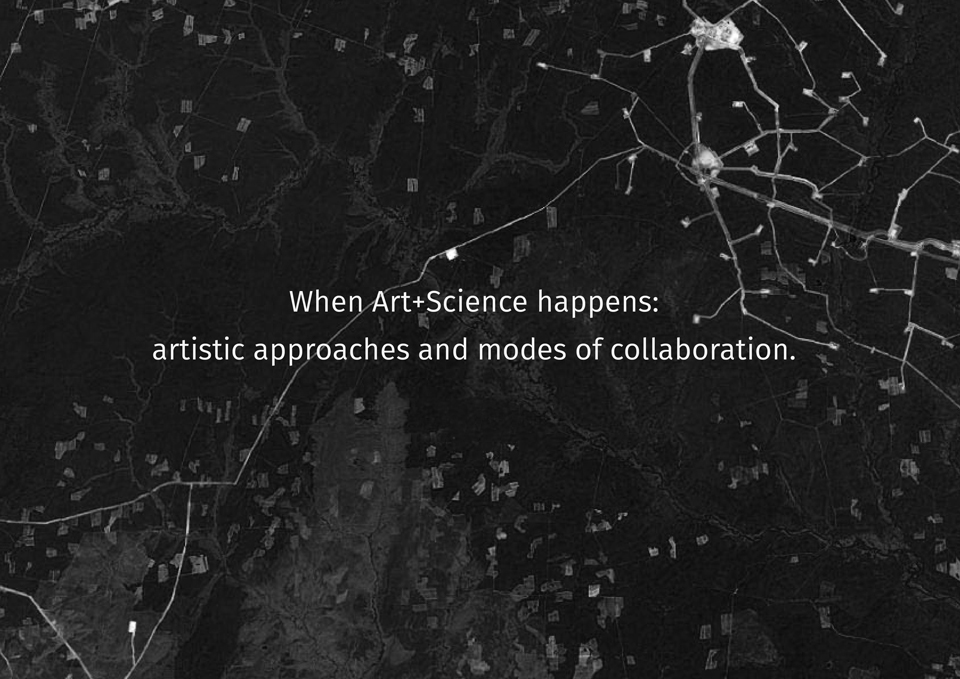
Irina Bilichenko, Katerina Shramko. When Art+Science happens: artistic approaches and modes of collaboration
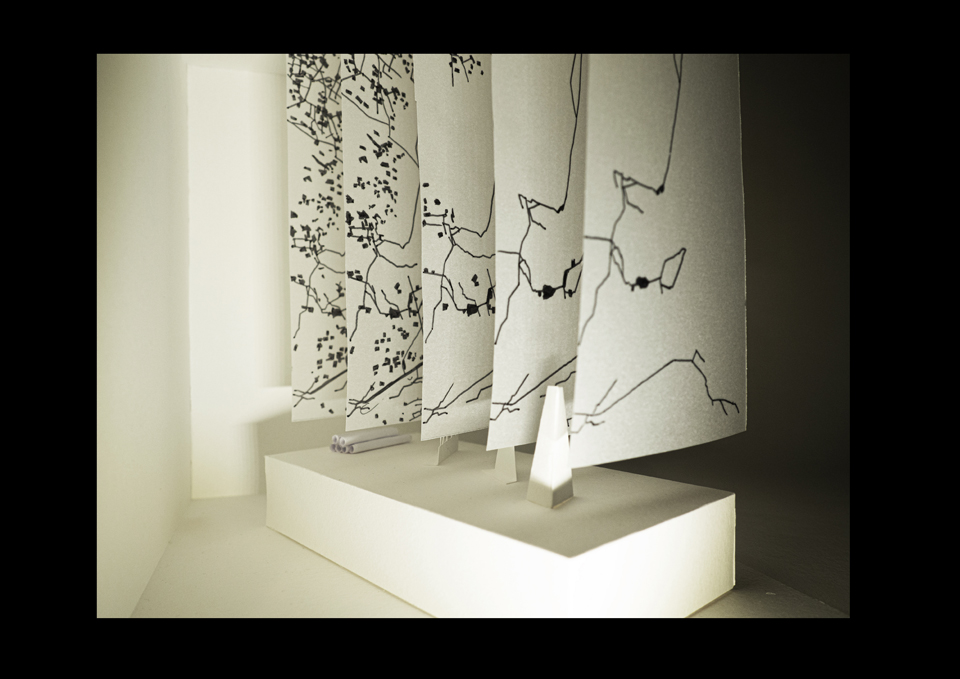
Irina Bilichenko, Katerina Shramko. Installation (prototype) 2021

Dmitriy Kobylkin, Stanislav Podusenko. “The cooler a truck, the farther it gets stuck”

Dmitriy Kobylkin, Stanislav Podusenko. Augmented Reality poster, 2021
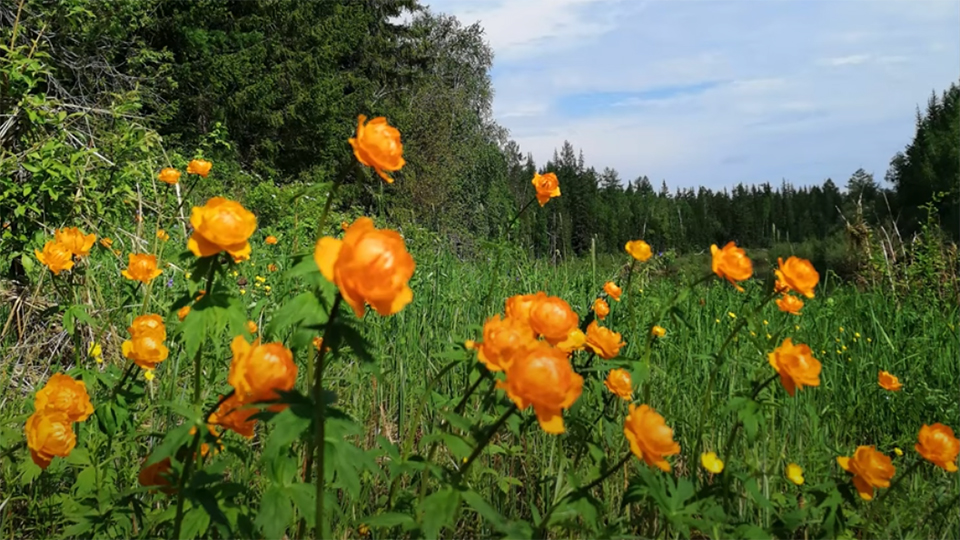
Natalia Krasnoshtanova, Lera Lerner. “I remember the first forest fire I saw, or rather the smoke from it”, video, 2021.
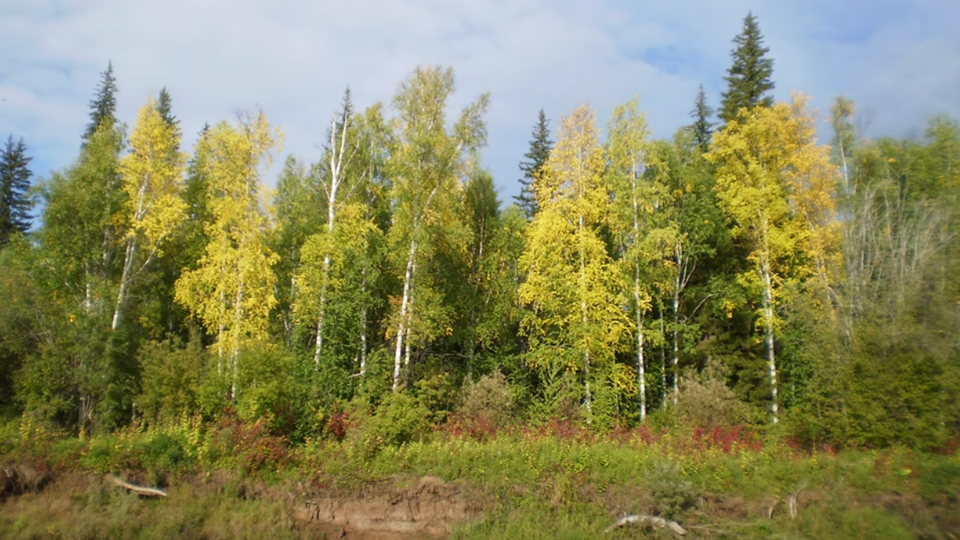
Annual Meeting of American Association of Geographers (AAG), Seattle, 7-11 April 2021. Virtual
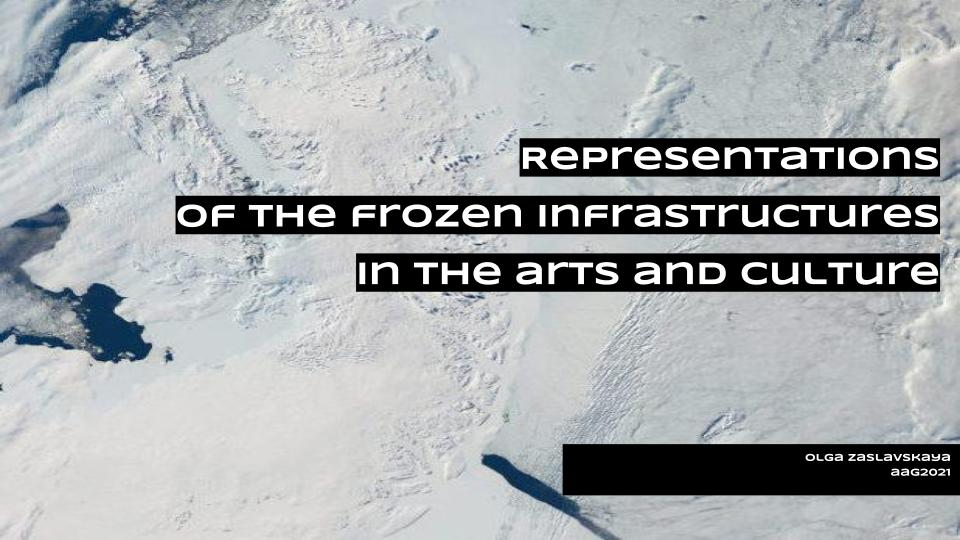
Olga Zaslavskaya. Representations of the Frozen Infrastructures in the Arts and Culture

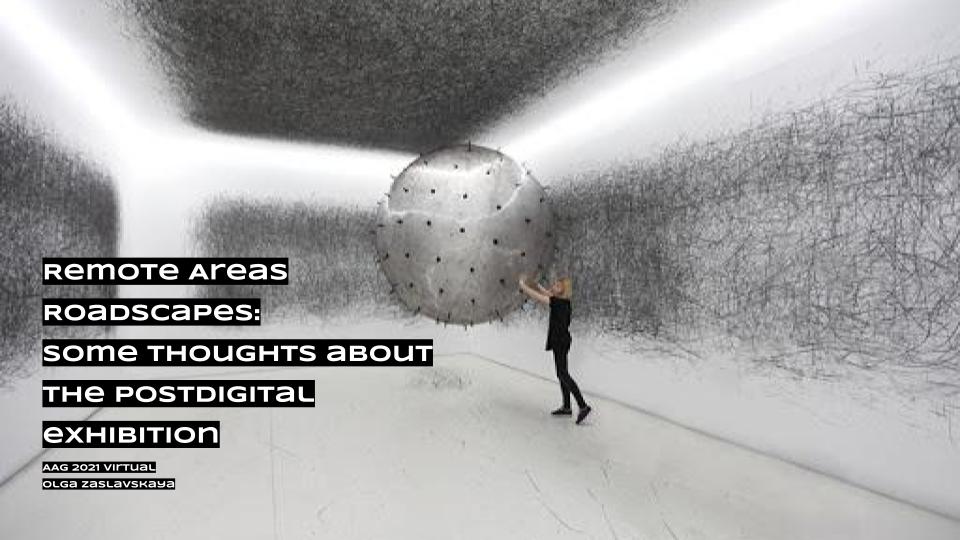
Olga Zaslavskaya. Remote Areas Roadscapes: Some thoughts about the Postdigital Exhibition

AGU 2020 Fall Meeting
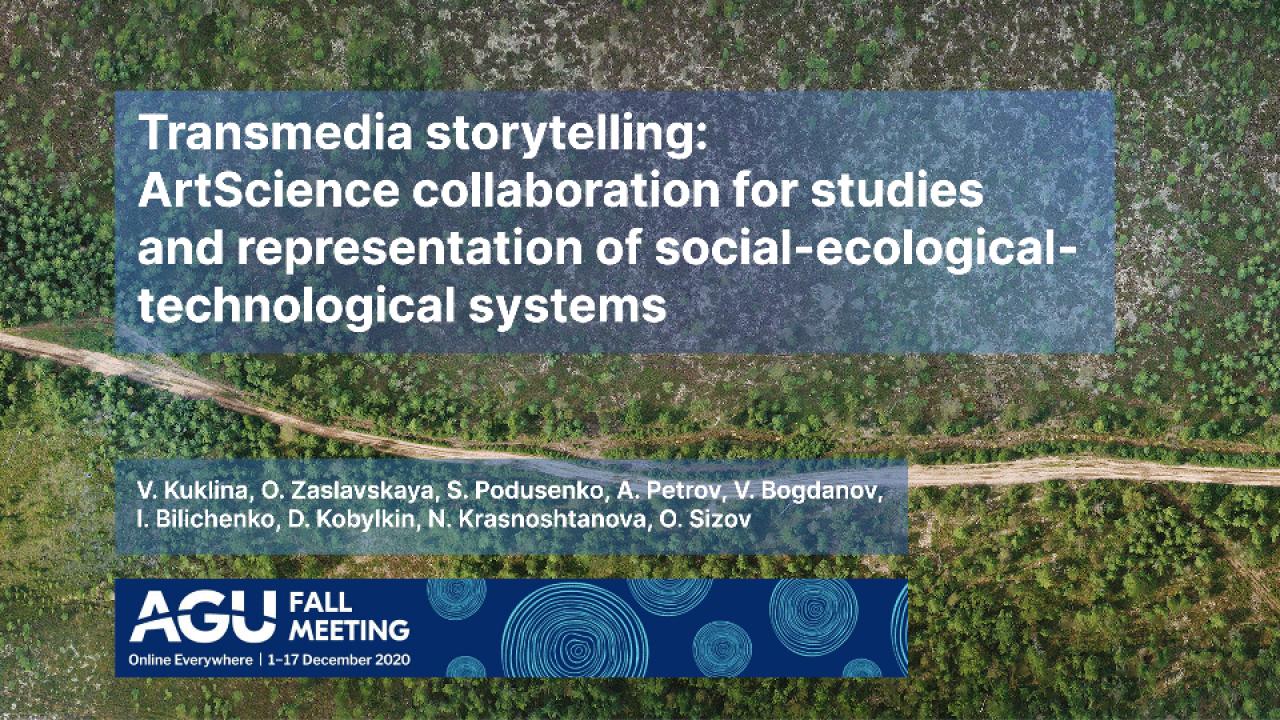
Kuklina, V., Zaslavskaya, O., Podusenko, S., Bilichenko, I., Bogdanov, V., Kobylkin, D., Krasnoshtanova, N., Sizov, O. and Petrov, A. Transmedia storytelling: ArtScience collaboration for studies and representation of social-ecological-technological systems
Publications
More
Kuklina, V., Sizov, O., Rasputina E., Bilichenko, I., Krasnoshtanova N., Bogdanov, V., Petrov, A. (2022). Fires on Ice: Emerging permafrost peatlands fire regimes in the Russia’s Subarctic Taiga. Land, 11(3), 322; https://doi.org/10.3390/land11030322
Sancho-Reinoso A., Fink C., Saxinger G., Povoroznyuk O., Wentzel S., Illmeier G., Schweitzer P., Krasnoshtanova N., Kuklina V. (2022). Mapping Mobility Patterns in East Siberia: Perceptions and Usage of the Baikal-Amur Mainline. Polar Geography, 1, 1-20 https://www.tandfonline.com/doi/full/10.1080/1088937X.2022.2046195.
Kuklina, V., Petrov, A., Bilichenko, I., Bogdanov, V., Kobylkin, D., Krasnoshtanova N. (2021). Informal roads as social-ecological-technological systems (SETS): sustainability challenges and impact on landscape transformations. Karaġandy universitetìnìn habaršysy Biologiâ medicina geografiâ seriâsy, 4(104), 2663-5003. https://doi.org/10.31489/2021BMG4/144-154.
Bilichenko, I. N., Kobylkin, D. V., Kuklina, V. V., & Bogdanov, V. N. (2021). Development of the Informal Road Network and Its Impact on the Transformation of Taiga Geosystems in the North of Irkutsk Oblast. Geography and Natural Resources, 42(2), 148-155. https://doi.org/10.1134/S1875372821020037
Kuklina, V., Bilichenko, I., Bogdanov, V., Kobylkin, D., Petrov, A., & Shiklomanov, N. (2021). Informal road networks and sustainability of Siberian boreal forest landscapes: Case study of the Vershina Khandy taiga. Environmental Research Letters. https://doi.org/10.1088/1748-9326/ac22bd
Fedorov, R., Kuklina, V., Sizov, O., Soromotin, A., Prihodko, N., Pechkin, A., Krasnenko, A., Lobanov, A., & Esau, I. (2021). Zooming in on Arctic urban nature: Green and blue space in Nadym, Siberia. Environmental Research Letters, 16(7), 075009. https://doi.org/10.1088/1748-9326/ac0fa3
Bilichenko, I. N., Kobylkin, D. V., Kuklina, V. V., & Bogdanov, V. N. (2021). Development of the Informal Road Network and Its Impact on the Transformation of Taiga Geosystems in the North of Irkutsk Oblast. Geography and Natural Resources, 42(2), 148–155. https://doi.org/10.1134/S1875372821020037
Krasnoshtanova, N. (2021). Large Projects and Small Communities: The Influence of Industrial Development on Remote Villages in Eastern Siberia. IOP Conference Series: Earth and Environmental Science 629 (January): 012026. https://doi.org/10.1088/1755-1315/629/1/012026.
Kuklina V., Krasnoshtanova N. (2021). A chain reaction of infrastructural development and its local social consequences: the case of the Western section of the BAM. Russia and the Pacific, 1(111) 125-145 (In Russian).
Kuklina, V., & Baikalov, N. (2021). Informal transportation and social embedding of the railroad: The case of okurki on the Baikal-Amur Mainline. Eurasian Geography and Economics, 1–26. https://doi.org/10.1080/15387216.2021.1873159
Povoroznyuk, O. (2021). Ambiguous entanglements: infrastructure, memory and identity in indigenous Evenki communities along the Baikal–Amur Mainline. Social Anthropology. 29 (4).
Kobylkin D., Sizov O., Kuklina V., Krasnoshtanova N., Bilichenko I., Bogdanov V., Petrov A., Shiklomanov N. (2021). Connecting permafrost degradation and informal road network development in Subarctic taiga. American Geophysical Union Fall Meeting. New Orleans, LA.
Kuklina, V., Krasnoshtanova, N., Petrov, A., Bogdanov, V. (2021). Informal roads as agents of power distribution: the case of the extractive industrial regions in Siberia. International Congress of Arctic Social Sciences (ICASS X), June 15-20, 2021, Online.
Povoroznyuk, O. (2020). (Re)Constructing the Baikal-Amur Mainline, Transfers, 10(2-3), 250-269





